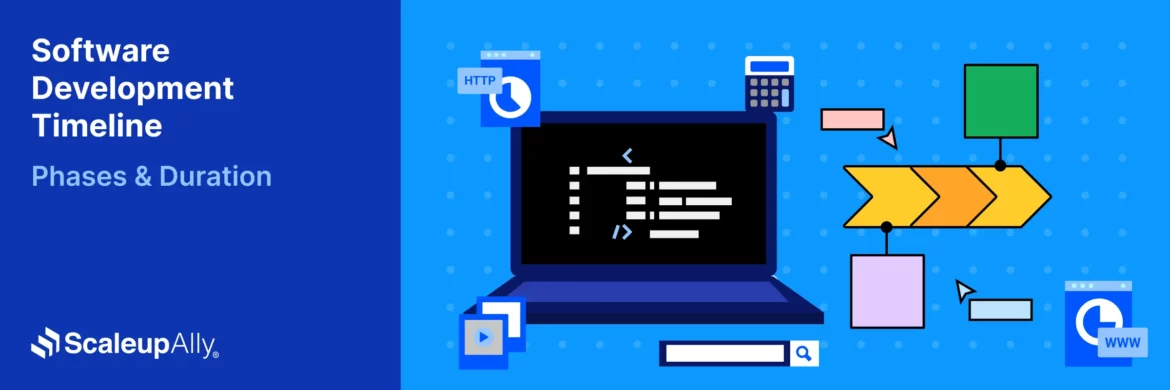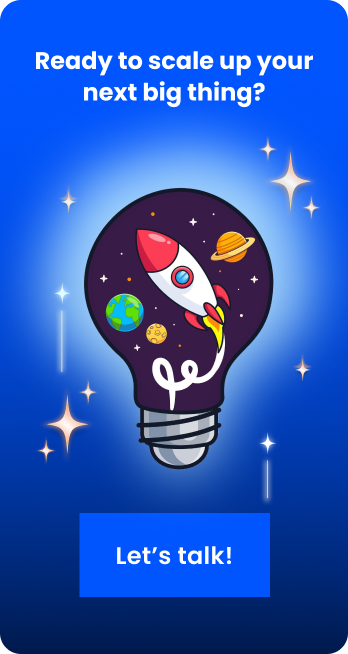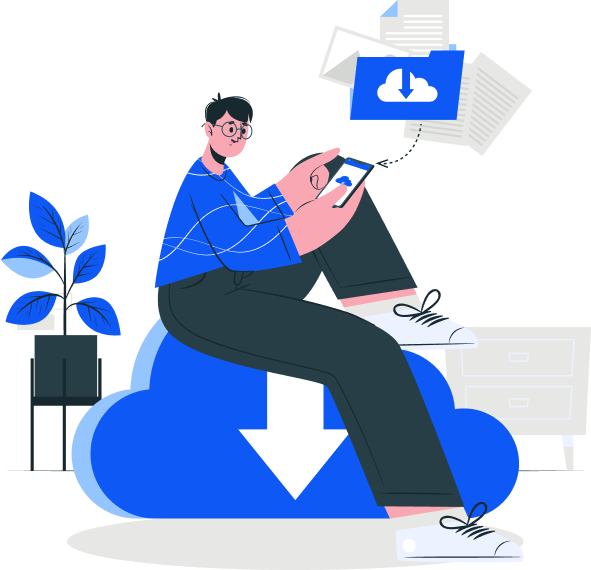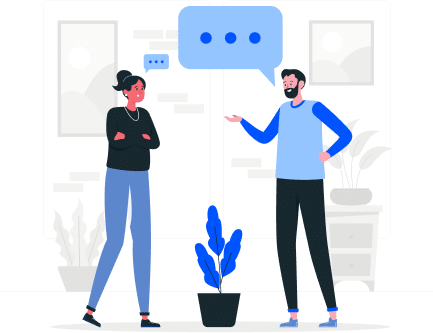![Product Design Cost in 2025 [Breakdown, Key Factors & Pricing Explained]](https://scaleupally.io/wp-content/uploads/2025/11/Product-Design-Cost_-Breakdown-Key-Factors-Pricing-Explained.png)
Product Design Cost in 2025 [Breakdown, Key Factors & Pricing Explained]
Suprabhat Sen | November 5, 2025 , 9 min read
Table Of Content
Product design is a crucial part of the product development journey, and like any other service, its cost varies widely. This guide breaks down the cost factors involved and provides you with tips on how to budget smartly for product design.
Key Takeaways
- Product design ranges from $5,000 to $500,000, with costs heavily influenced by complexity, team expertise, and project scope.
- The design process involves five critical phases: Research, Conceptual Design, Prototyping, and High-Fidelity Design, each contributing to the final product’s success.
- Multiple pricing models exist (hourly rates, fixed prices, value-based pricing, and retainers). This allows flexibility in how design teams and clients collaborate.
- Beyond core design costs, teams must budget for additional expenses like software tools, intellectual property protection, consulting, and potential iterations.
- Cost optimization isn’t about spending less, but spending smarter: focus on strategic planning, efficient processes, continuous learning, and creating maximum user value.
How Much Does it Cost to Design a Product?
As previously mentioned, the cost varies (we will explore the reasons later in this blog). Quotations normally range from $5,000 to $500,000. Simple designs, such as a to-do list, may cost $5,000 to $10,000. However, if you are looking for an app design for heavily regulated industries such as the medical industry, it could easily cost $250,000.
Despite the figures mentioned here, do not look at product design as an expense, but rather as an investment. Quality design can increase the success of your product.
Factors Influencing Product Design Cost
Multiple variables shape the final cost of product design. Here are some reasons why some designs cost more than others.
1. Project Complexity and Scope
The more complex your idea or project is, the higher the cost. A simple app wouldn’t cost so much to design compared to a sophisticated medical app. The more complex it is, the more research it needs, as well as expertise and iterations. All those add to the expense.
2. Design Team Expertise
Talent comes at a cost. Senior designers will normally charge higher. For example, a junior designer might charge $50-100 per hour, while a top-tier design expert could demand $250-500 per hour. Another factor in this segment that influences pricing is the team’s track record and industry reputation.
3. Industry and Regulatory Compliance
Some industries are expected to adhere to certain design standards. The medical, aerospace, and automotive sectors are some such industries. For that matter, projects aren’t handed over to just anybody. Compliance research and documentation alone can inflate the design budget.
4. Geographic Location
A design team in Silicon Valley will charge different rates compared to teams in Eastern Europe or Southeast Asia. It happens everywhere. Location plays a substantial role in pricing strategy.
Product Design Cost Breakdown by Phases
Designing a product is a journey through multiple phases. Each phase has its own cost structure and distinct value proposition. The table below gives you an overview. We subsequently explain each phase in detail.
| Phase | Description | Estimated Cost Range |
|---|---|---|
| Research & Discovery | Market analysis, user interviews, competitor research, persona development | $5,000 - $20,000 |
| Conceptual Design | Initial wireframes, user flow mapping, preliminary UI sketches | $10,000 - $30,000 |
| Prototyping | Interactive prototypes, user testing, initial design iterations | $15,000 - $40,000 |
| High-Fidelity Design | Detailed UI design, brand alignment, responsive design elements | User Testing & Refinement |
1. Research & Discovery Phase
Research is the foundation of every exceptional design. Designers conduct extensive research, user interviews, and other requirements-gathering activities needed to translate the product concept into something visually appealing. Expect extensive competitive analysis and user behavior mapping. Cost ranges from $5,000 to $20,000, depending on project depth.
2. Conceptual Design Phase
Insights gained from the research & discovery phase are now translated into visual concepts. Designers will create basic wireframes and user flow diagrams. The wireframes serve as the blueprint. Estimated costs are $10,000 to $30,000.
3. High-Fidelity Design Phase
Designers move from wireframes to high-fidelity designs here. Wireframes evolve into brand-aligned designs. Designers focus on using the right color schemes, typography, and responsive design elements. This phase brings the design to life. Cost is estimated at $20,000 to $50,000.
4. Prototyping Phase
At this stage, designers transform the raw concepts into an interactive prototype. The idea here is to showcase how the app is expected to “behave” when developed. For example, how pages should transition, how buttons will animate when clicked, etc. Initial user testing is conducted here, too, and critical feedback is gathered. Cost ranges from $15,000 to $40,000.
Common Pricing Models for Product Design
Different design teams and agencies offer different pricing to match their expertise and clients’ budgets. Here are some common pricing models you might face if you’re doing this for the first time:
1. Hourly Rate Model
Designers charge by the hour
- Junior designers: $50 – $100 per hour
- Mid-level designers: $100 – $200 per hour
- Senior experts: $200 – $500 per hour
Pros:
- It’s flexible for small or evolving projects
- You pay only for actual work time
- It’s easy to track progress
Cons:
- It can become expensive for complex projects
- There’s potential for scope creep
- Less predictable total cost
2. Fixed Price Model
A predetermined total cost for the entire project.
- Simple projects: $5,000 – $20,000
- Complex designs: $50,000 – $250,000
Pros:
- You get a clear budget from the start
- No surprise costs
Cons:
- There’s less flexibility for changes
- Potential for reduced scope to manage costs
- Designers might pad estimates to protect themselves
3. Value-Based Pricing
Cost tied to potential business impact.
- Startup MVP: $10,000 – $50,000
- Enterprise-level design: $100,000 – $500,000
Pros:
- It aligns the designer’s incentives with project success
- It rewards innovative solutions
- It focuses on long-term value
Cons:
- It’s subjective to valuation
- It requires trust and transparency
- It’s complex to negotiate
4. Hybrid Pricing Models
Combinations of the above models:
- Base fixed rate + performance bonuses
- Hourly rate with cost cap
Pros:
- It offers maximum flexibility
- Risks are shared
- It’s customized to project needs
Cons:
- It contains more complex agreements
- It requires careful negotiation
- Potential misalignment of interests abounds
Additional Costs to Consider in Product Design
Beyond what we’ve mentioned, several hidden costs can impact your product design budget. It’s only smart to anticipate these expenses to avoid financial surprises.
1. Software and Tool Expenses
Design requires certain tools:
- Adobe Creative Cloud: $52.99/month
- Sketch: $99/year
- Figma: $12-$45/member/month
- Collaboration platforms: $10-$50/user/month
Total annual software costs: $2,000 – $10,000
2. Third-Party Consulting
Certain expertise comes at a price:
- Market research firms: $5,000 – $50,000
- User experience consultants: $200 – $500 per hour
- Industry specialists: $300 – $1,000 per hour
- Regulatory compliance experts: $500 – $2,000 per project
3. Equipment and Infrastructure
Design requires technology:
- High-performance computers: $2,000 – $5,000 per designer
- Graphic tablets: $300 – $3,000
- Multiple monitors: $500 – $2,000 per setup
- Specialized hardware: $5,000 – $10,000
How to Optimize Product Design Cost
Here’s how to maximize value while managing expenses.
1. Know What You’re Actually Buying
You first need to understand that you’re buying deliverables and not hours. Yes, the distinction matters. Focusing on hours can lead to inefficiency, while focusing solely on deliverables can compromise quality.
Before you talk to any design firm, determine what business problem you’re solving and what success looks like. And more importantly, how will you measure it? When you have the answers, communicate them clearly to everyone involved in the design process.
2. Write a Tight Brief
When you tell a designer “make it modern and user-friendly,” you’re asking for trouble. “Modern” means something different to everyone. “User-friendly” is also subjective. Designers interpret your vague communication in their own way, and when they deliver, you don’t like it. They revise, and you still don’t love it. More revisions here means more invoices.
Your brief should answer:
- What problem does this solve?
- Who is this for?
- What are the must-have features?
- What’s explicitly out of scope?
- What’s the budget?
- When does this need to ship?
Be specific and be realistic.
3. Demand a Phased Approach
Never commit to the full project upfront. Break it into phases. Discovery first, then concept development, then detailed design, then prototyping. After each phase, you can decide whether to continue or not. It gives you an opportunity to evaluate the work, assess the relationship. This gives you multiple exit points. If things aren’t working, you’ve spent $15,000, not $80,000.
Phased approaches also create natural checkpoints. The designer knows you’re evaluating. They stay sharp, and quality stays high. Plus, you might discover you don’t need all the phases.
Conclusion
Product design is an investment in innovation, not just an expense. Understanding the nuanced landscape of design costs empowers businesses to make strategic decisions. Ready to transform your idea into a remarkable product? Contact our design experts today for a free consultation.
Frequently Asked Questions
Q: How much does product design typically cost?
Simple products might cost $10,000–$50,000. Complex products can run $100,000–$500,000 or more. It depends on what you need and who you hire. Get quotes from multiple firms to understand your specific range.
Q: What factors most affect design cost?
Complexity drives cost more than anything. Custom components, tight tolerances, and extensive testing add up fast. Other big factors: designer experience level, project timeline, number of revisions, prototype iterations, and regulatory requirements. The more unknowns in your project, the higher the cost.
Q: How do I calculate my product design budget?
Start with your total product budget. Design typically consumes 15–30% of that. Factor in discovery, concept development, detailed design, prototyping, and testing. Add a 20% buffer for surprises. Talk to designers early; they’ll help you understand what’s realistic for your scope.
Q: How can startups save on design costs?
Start simple. Launch with minimum viable features, not everything you dream of. Use off-the-shelf components wherever possible. Reuse existing designs when you can. Work in phases so you can pause if needed. Find designers who specialize in startup work. They understand constraints and move fast.
Related Blogs

Top 20 Emerging Technologies of 2026
Discover the top 20 emerging technologies of 2026. Explore which innovations are driving change across healthcare, finance, manufacturing, and other crucial industries.
ScaleupAlly Team
Dec 16 ,
9 min read

Software Development Timeline: Phases, Duration & Estimation Guide
Understand the software development timeline with phase durations, key factors, hidden delays, and practical methods to estimate project time.
Suprabhat Sen
Nov 29 ,
16 min read

Software Development Cost Estimation Guide: What’s Included & What Affects the Price
Explore software development cost components, major pricing factors, and practical estimation methods to plan your project accurately from start to finish.
Suprabhat Sen
Nov 29 ,
14 min read


